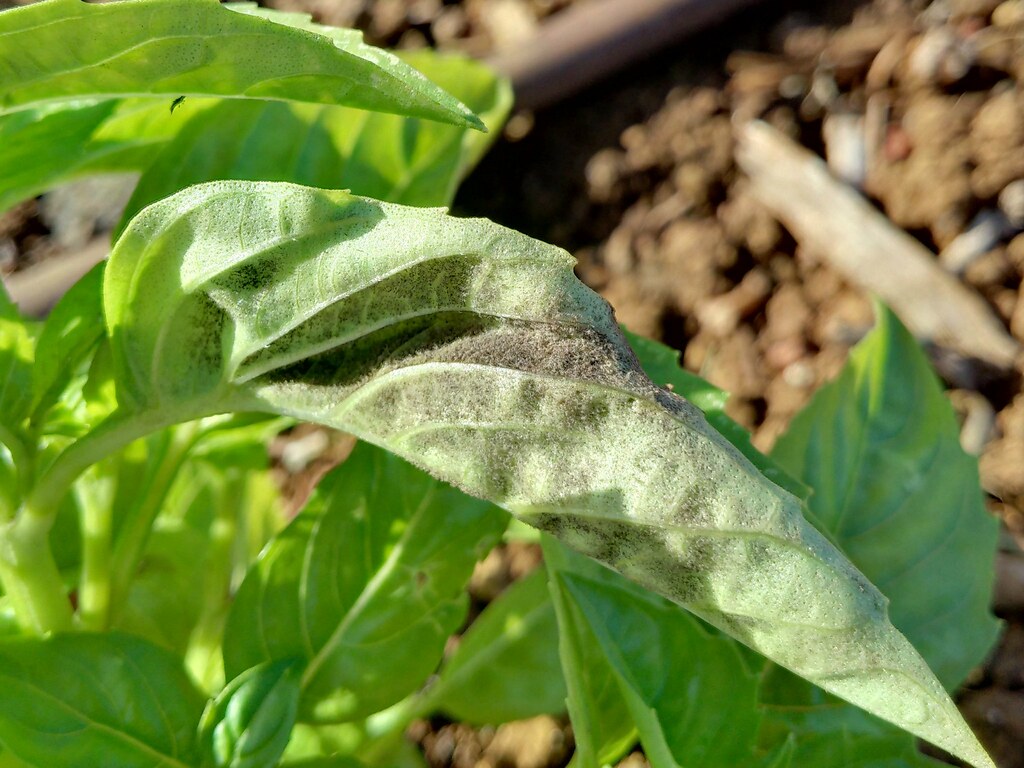
Downy mildew
Peronospora viciae f.sp. pisi
What is Downy mildew (Peronospora viciae f.sp. pisi)?
Peronospora viciae f.sp. pisi is a global pathogen causing downy mildew. It infects various horticultural and ornamental plants. The disease thrives in cool, humid conditions with outbreaks occurring during spring and early summer. Infected plants exhibit whitish-gray patches on the upper leaves and a downy growth underneath. Severe cases distort plants and can lead to early death. The pathogen often remains asymptomatic until high humidity triggers symptoms.
How does Downy mildew (Peronospora viciae f.sp. pisi) occur?
Peronospora viciae f.sp. pisi reproduces and spreads through spore production and dissemination. The pathogen forms sporangia on infected plant tissues, particularly on the undersides of leaves and stems. These sporangia release spores that are dispersed by wind, water, or human activities, allowing them to infect healthy plants. The spores can also survive on plant debris in the soil, contributing to the persistence of the disease. Under favorable environmental conditions, the spores germinate and initiate new infections, completing the reproductive cycle of the pathogen.
Symptoms
1 - Impacts on Plants
Severe infections of downy mildew can lead to yield losses in crops, affecting productivity and economic viability. Infected plants may experience distortion, stunted growth, and leaf yellowing, leading to overall reduced plant health.
2 - Impacts on Soil and Environment
• The spores of Peronospora viciae f.sp. pisi can survive in plant debris present in the soil, contributing to the persistence of the disease across multiple growing seasons. • The wind and water dispersal of spores contribute to the spread of the disease, potentially affecting nearby crops or other susceptible plant species.
Solutions
1 - Cultural Control
• Select and plant other susceptible cultivars resistant to downy mildew, as they can effectively protect against the disease. • Rotate crops with non-host plants to reduce the buildup of the pathogen in the soil. • Remove and destroy infected plant debris to reduce the source of inoculum and prevent disease spread. • Maintain adequate plant spacing to enhance air circulation and reduce humidity, creating less favorable conditions for disease development. • Use irrigation methods that minimize wetting the foliage, as moist conditions promote downy mildew.
2 - Chemical Control
• Various systemic fungicide often used in combination with other active ingredients for the management of downy mildew caused by Peronospora viciae f.sp. pisi. Commonly used fungicides include metalaxyl-M, mancozeb, propamocarb hydrochloride, and cymoxanil. • However, it is important to consult local agricultural authorities or extension services to determine the approved fungicides and their specific recommendations for downy mildew control in your region.
